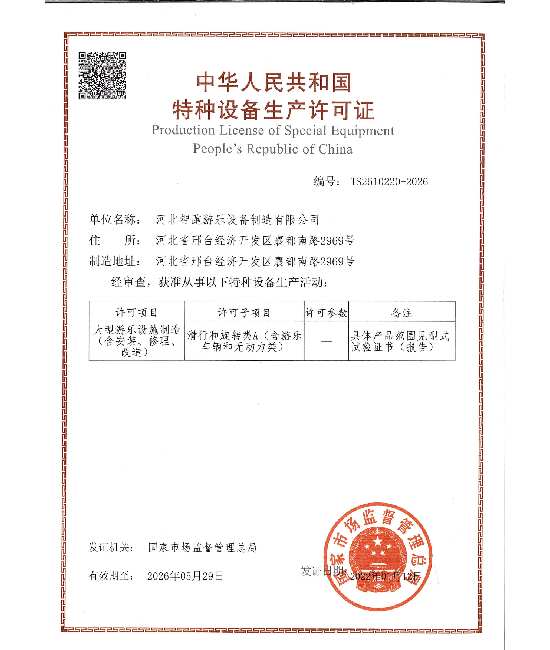- Albanian
- Arabic
- Belarusian
- Bengali
- Czech
- English
- French
- German
- Hebrew
- Hungarian
- Indonesian
- irish
- Italian
- Japanese
- kazakh
- Persian
- Russian
- Thai
- Uzbek
- Vietnamese
different kinds of roller coasters
The Thrilling World of Roller Coasters Different Types
Roller coasters have captivated thrill-seekers and amusement park aficionados for generations. These towering structures, often with twisting tracks and dizzying heights, provide a unique blend of adrenaline and excitement. From traditional wooden coasters to cutting-edge steel designs, the variety of roller coasters available today is staggering. In this article, we will explore the different kinds of roller coasters and what makes each type special.
Wooden Roller Coasters
Wooden roller coasters are among the oldest types of coasters, dating back to the late 19th century. Characterized by their classic wooden tracks, these coasters often feature a nostalgic charm that draws riders of all ages. While they may not reach the heights of modern steel coasters, wooden coasters are known for their unique drops, fast turns, and the signature “ruffle” of the wooden frame that gives riders an exhilarating and often bumpy experience. Notable examples include the iconic Coney Island Cyclone in New York and The Beast at Kings Island, which boasts one of the longest wooden coaster tracks in the world.
Steel Roller Coasters
Entering the realm of advanced design, steel roller coasters emerged in the 1970s, revolutionizing theme parks. Steel coasters can achieve greater heights, speeds, and smoother rides due to the flexibility and strength of their tracks. Designs vary widely among steel coasters, from looping coasters to launch coasters. The infamous Kingda Ka at Six Flags Great Adventure stands as a testament to this design, reaching a height of 456 feet and boasting a mind-blowing acceleration. Steel coasters can also incorporate intricate inversions and hill designs, as seen in Steel Vengeance, a hybrid coaster that combines wooden structure with steel tracks for a unique dual experience.
Inverted Roller Coasters
different kinds of roller coasters

Inverted roller coasters take the ride experience to another level by suspending riders beneath the track. This design allows for thrilling inversions and drops, creating the sensation of flying. Riders hang beneath the rails, experiencing vertical loops, zero-gravity rolls, and other daring maneuvers without the weight of a traditional seat above them. Noteworthy examples include Batman The Ride and Alpengeist, which immerse riders in a dizzying adventure that leaves them breathless and exhilarated.
Floorless Roller Coasters
Floorless roller coasters are another exciting innovation, where the floors of the cars are removed, leaving feet dangling in the air. This adds an extra dimension of thrill and sensation, as riders experience the rush of speed and gravity without the security of flooring beneath them. A popular example of this type is Kraken at SeaWorld Orlando, which features intense spirals, drops, and loops, enhancing the feeling of freedom as riders dangle high above the ground.
Launch Coasters
Unlike traditional coasters that rely on gravity to propel them, launch coasters use a powerful mechanism to accelerate riders from 0 to 60 mph in mere seconds. This sudden burst of speed can be exhilarating, giving riders a taste of rapid acceleration reminiscent of a roller coaster that you might find at a theme park based on space travel or racing. A famous example is Jet Propulsion Laboratory in California, which provides a fast and thrilling experience that defies the traditional slow climb to the first drop.
Conclusion
The world of roller coasters is as diverse as it is thrilling. From wooden classics that give a nod to nostalgia to modern steel designs that push the limits of engineering, each type of roller coaster offers a unique experience that appeals to different tastes and thrill levels. Whether you’re a first-time rider or a seasoned coaster enthusiast, there’s always a new adventure waiting at the next amusement park. So, buckle up, hold on tight, and get ready for an ride filled with excitement!
-
Flume Ride-Hebei Zhipao Amusement Equipment Manufacturing Co., Ltd.|Thrilling Water Attraction&Customizable DesignJul.30,2025
-
Flume Ride - Hebei Zhipao Amusement Equipment | Water Coaster, Thrilling DescentJul.30,2025
-
Flume Ride - Hebei Zhipao | Thrilling Water AttractionJul.30,2025
-
Flume Ride: Thrilling Water Attraction by Hebei Zhipao|Log Flume Manufacturers&Flume Ride DesignJul.30,2025
-
Flume Ride-Hebei Zhipao Amusement Equipment Manufacturing Co., Ltd.|Thrilling Water Coaster, Safe DesignJul.30,2025
-
Flume Ride-Hebei Zhipao Amusement Equipment Manufacturing Co., Ltd.|Thrilling Water Attraction, Safe DesignJul.30,2025
